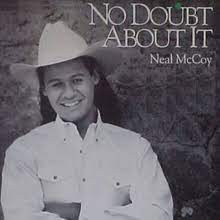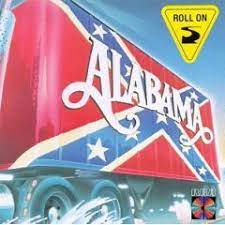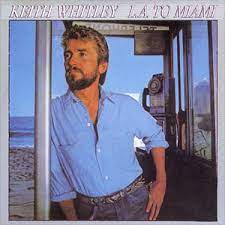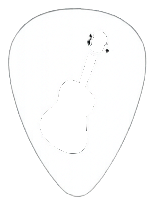Older Female Country Music Singers
Learn Their Best Acoustic Songs
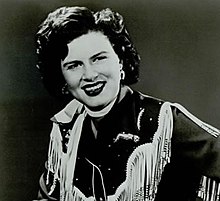
Few eras in music are as inspiring as the golden age of female country singers who shaped the sound of Nashville and beyond. On this page, you’ll find easy acoustic guitar songs by legends like Patsy Cline, Dolly Parton, Tammy Wynette, Emmylou Harris, and Reba McEntire—all arranged for acoustic players.
Each lesson includes chords, rhythm patterns, and strumming tips, helping you capture the storytelling charm and timeless style that define classic female country music.
2. Bonnie Tyler --- It's A Heartache, Total Eclipse Of The Heart
3. Brenda Lee --- Losing You
4. Carlene Carter --- Every Little Thing
5. Chely Wright --- Shut Up And Drive
6. Crystal Gayle --- I'll Get Over You, Talking In Your Sleep
7. Deana Carter --- Strawberry Wine
8. Dottsy --- After Sweet Memories Play Born To Lose Again
9. Elizabeth Cook --- El Camino
10. Faith Hill --- Let Me Let Go
11. Gail Davies --- Grandma's Song
12. Ingrid Andress --- More Hearts Than Mine
13. Kasey Chambers --- Nullabor Song
14. Kate Campbell --- See Rock City
15. KD Lang --- Save Me
16. Kelly Clarkson --- Breakaway
17. KT Oslin --- Do Ya
18. Lauren Duski --- Tell Me Why
19. LeAnn Rimes --- Blue
20. Lee Ann Womack ---I Hope You Dance, Take Me Back To Texas
21. Loretta Lynn - Don't Come Home A Drinking With Lovin On You're Mind
22. Lorrie Morgan --- Except For Monday
23. Lynn Anderson --- Rose Garden
24. Mandy Barnett --- Help Me Make It Through The Night
25. Marie Osmond --- In My Little Corner Of The World, Where Did All The Good Times Go
26. Martina McBride --- Pick Me Up On Your Way Down
27. Miranda Lambert --- Pushin Time
28. Olivia Newton John --- If You Love Me Let Me Know, Let Me Be There
29. Patsy Cline --- Crazy, I Fall To Pieces
30. Patti Page --- It's A Sin To Tell A Lie
31. Pistol Annies --- Hush Hush
32. Reina Del Cid --- Jambalaya
33. Rosanne Cash --- Blue Moon With Heartache
34. Shelby Lynn - Wall In Your Heart
35. Skeeter Davis - The End Of The World
36. Sonia Leigh - My Name Is Money
37. Susan Jacks - That's Where I Went Wrong
38. Suzy Bogguss - Aces
39. Sylvia --- Drifter, Tumbleweed
40. Tammy Wynette --- Crying In The Rain
41. Tanya Tucker --- Two Sparrows In A Hurricane
42. Terri Gibbs --- Somebody's Knockin
43. Treva Bloomquist --- Ain't No Grave
44. Vicki Lawrence --- The Night The Lights Went Out In Georgia
Older Female Country Music Singers
Chords, PDF's Demos, Tutorials
1. Ashley Monroe Songs
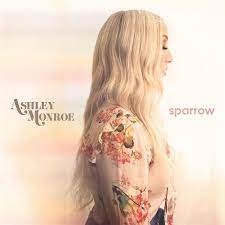
Hands On You is a country song recorded by Ashley Monroe, an American country singer-songwriter. It was released as a single from her fourth studio album, "Sparrow," in 2018.
Written by Ashley Monroe herself,
alongside Jon Randall and Nicolette Hayford, "Hands On You" is a sultry
and introspective ballad.
"Hands On You" showcases Ashley Monroe's distinct vocals, rich with emotion and nuance. The song's production combines traditional country elements with a contemporary twist, incorporating elements of pop and Americana.
Jump To Top
2. Bonnie Tyler Songs
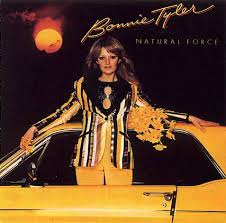
It's A Heartache was released in 1977 on the album Natural Force, “It’s a Heartache” became one of Bonnie Tyler’s biggest hits, reaching #3 US Billboard Hot 100 and #4 UK Singles Chart.
The raspy vocal style and simple chord progression make it ideal for acoustic players who love a raw country-rock feel.
Jump To Top
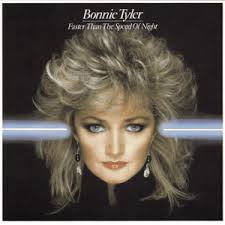
Total Eclipse Of The Heart is from her 1983 album Faster Than the Speed of Night, this Jim Steinman-penned power ballad topped charts worldwide and won Billboard’s Top Female Vocal Performance.
Jump To Top
3. Brenda Lee Songs
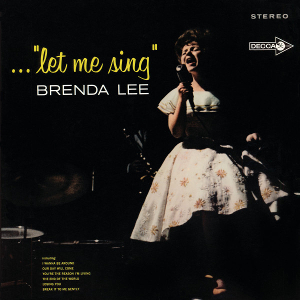
Losing You was a big hit for Brenda Lee in 1963 when she released this track from her album Let Me Sing. It reached #6 on the Billboard Hot 100.
For rhythm here play a root down up root up down up and repeat with a few picking notes throughout. In standard tuning the chords you'll need are E, Abm, A, B7, Gbm, C, G, Am, Em and an F.
Jump To Top
4. Carlene Carter Songs
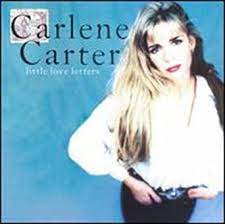
Every Little Thing is a song recorded by Carlene Carter, an American country singer-songwriter. It was released as the lead single from her album "Little Love Letters" in 1993.
Written by Carlene Carter herself, "Every Little Thing" is a heartfelt country ballad that showcases Carter's emotive vocals and vulnerable storytelling. The song explores the aftermath of a breakup and the lingering feelings of love and loss. The lyrics express the pain of moving on while reminiscing about the little details and moments that were once shared with a former lover.
Carlene Carter comes from a musical family, being the daughter of country music legends June Carter Cash and Carl Smith, and the stepdaughter of Johnny Cash. She has carved out her own successful career in country music, blending traditional country elements with rock and pop influences.
Jump To Top
5. Chely Wright Songs
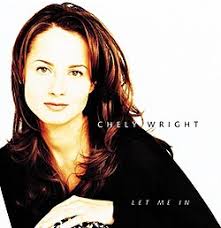
Shut Up And Drive was released in 1997 from her album Let Me In, “Shut Up and Drive” became Chely Wright’s first major hit, reaching #14 on Billboard Hot Country Songs.
The song’s mid-tempo groove make it a fun acoustic choice for learners.
Jump To Top
6. Crystal Gayle Songs
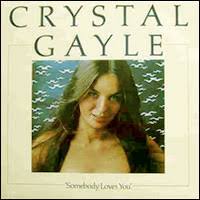
I'll Get Over You is a popular country song performed by Crystal Gayle. Richard Leigh wrote the song, and it came out in March 1976. This song was a big deal for Crystal Gayle because it became her first number-one hit on the country music charts.
It was her seventh song to make it onto the charts, showing that she was becoming more and more popular. The song is about moving on after a breakup, which is a topic many people can relate to.
Crystal Gayle's smooth voice and the song's catchy melody helped make it a hit with country music fans. This success was an important step in Crystal Gayle's career, proving she could create songs that would top the charts.
In standard tuning here play a root down up root up down up and repeats rhythm pattern with some down strokes in places. For chords you'll need a C, Dm, G, Am and a D7. No picking but a few riffs near the end.
Jump To Top
Talking In Your Sleep ... info soon.
7. Deana Carter Songs
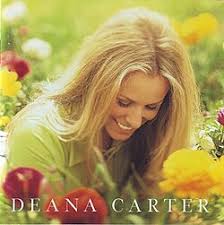
Strawberry Wine is a signature hit from her 1996 debut album Did I Shave My Legs for This? reached #1 on Billboard Hot Country Songs and won Song of the Year at the CMA Awards.
A gentle, nostalgic ballad, it sounds beautiful finger-picked or softly strummed on acoustic guitar.
Jump To Top
8. Dottsy Songs
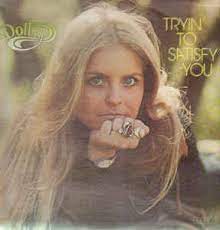
After Sweet Memories Play Born To Lose Again was recorded by Dottsy, a popular country singer in the 1970s and 1980s and hit the airwaves in 1977.
Bobby Braddock wrote this song about heartbreak and moving on after a failed relationship. The lyrics talk about feeling sad but strong after losing love. This song shows off Dottsy's great singing and her talent for expressing emotions through music.
While not her most famous song, it's a good example of her traditional country style that made her successful.
This one played with a capo 2nd fret in standard tuning with the chords G, C, D, G7 and a D7. You can play a root down up root up down up rhythm pattern here with a little picking.
Jump To Top
9. Elizabeth Cook Songs

El Camino was nominated for Song Of The Year at the 2011 Americana Awards in spite of the fact this song was never released as a single.
"Welder" is Elizabeth Cook's fourth studio album, known for its blend of traditional country sounds with a modern edge. "El Camino" is a standout track from the album, showcasing Cook's storytelling ability and her unique vocal style.
Elizabeth Cook's album "Welder" received critical acclaim for its strong songwriting, engaging performances, and Cook's distinctive voice. While "El Camino" may not have achieved mainstream commercial success, it has been praised by fans and critics for its infectious energy and memorable lyrics.
Jump To Top
10. Faith Hill Songs
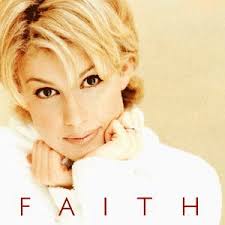
Let Me Let Go is from Faith Hill’s 1998 album Faith, “Let Me Let Go” climbed to #1 on Billboard Country Airplay and was later featured in Message in a Bottle.
It’s a heartfelt ballad in G major, ideal for acoustic players working on chord transitions and vocal phrasing.
Jump To Top
11. Gail Davies Songs
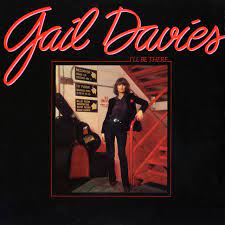
Grandma's Song is a track recorded by Gail Davies. It was featured on her self-titled debut album, "Gail Davies," released in 1978. The song was also included on her later album, "I'll Be There," released in 1983.
"Grandma's Song" is a heartfelt country ballad that pays tribute to the special bond between a granddaughter and her grandmother. The lyrics capture the memories, wisdom, and unconditional love that are often shared between generations. The song's emotional depth and Davies' emotive vocals make it a sentimental and poignant track.
Jump To Top
12. Ingrid Andress Songs
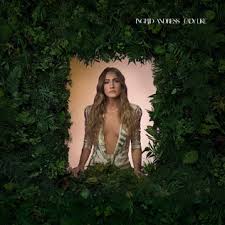
More Hearts Than Mine was released in 2019 on Lady Like, this debut single reached #1 on Billboard Country Airplay and earned Grammy nominations for Best Country Song and Performance.
Its soft piano roots translate perfectly to acoustic guitar using simple open chords and emotional dynamics.
Jump To Top
13. Kasey Chambers Songs
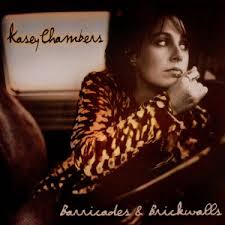
Nullabor Song was released in 2002 from Kasey Chambers’ album Barricades & Brickwalls, “Nullarbor Song” captures the vast Australian landscape and the loneliness of travel through heartfelt storytelling.
Although not a chart single, it became a fan favorite for its haunting lyrics and acoustic-driven simplicity, showcasing Chambers’ trademark country-folk style and emotional delivery.
Jump To Top
14. Kate Campbell Songs
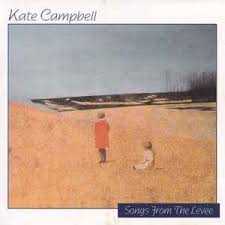
See Rock City appeared on Kate Campbell’s 1996 debut album of the same name. The song paints vivid scenes of small-town southern life and spiritual reflection, blending folk and Americana influences. Praised by critics for its poetic writing and pure acoustic style, it established Campbell as one of Nashville’s most literate and soulful singer-songwriters of the 1990s.
Jump To Top
15. KD Lang Songs

Save Me was featured on k.d. lang’s 1992 Grammy-winning album Ingénue, “Save Me” highlights her smooth, emotive vocals and minimalist arrangement.
While overshadowed by the hit single “Constant Craving,” the song deepens the album’s introspective tone. Its haunting melody and sparse production make it an excellent acoustic study in phrasing and tone control for guitarists and singers alike.
Jump To Top
16. Kelly Clarkson Songs
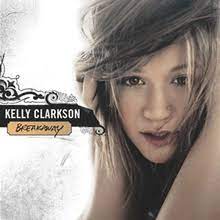
Breakaway is a song recorded by Kelly Clarkson, originally released as the title track and second single from her second studio album, "Breakaway," in 2004. The song was co-written by Avril Lavigne, Bridget Benenate, and Matthew Gerrard.
"Breakaway" is a powerful pop-rock anthem that speaks to the desire for independence, self-discovery, and following one's dreams. The lyrics express a longing for freedom from limitations and the courage to embrace new opportunities. The song resonates with listeners who may feel trapped or unsatisfied with their current circumstances, inspiring them to break free and pursue their aspirations.
"Breakaway" helped establish Kelly Clarkson as a pop powerhouse and showcased her strong and versatile vocals. The song became an anthem for many, encapsulating themes of self-empowerment and personal growth. Its universal message continues to resonate with listeners, making it a fan favorite and a significant part of Kelly Clarkson's discography.
Due to its popularity, "Breakaway" has been covered and performed by various artists, solidifying its status as a modern pop classic.
Jump To Top
17. KT Oslin Songs
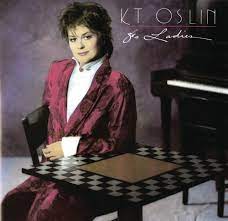
Do Ya is a country song recorded by the late American country singer-songwriter KT Oslin. It was the first single from her second album, "This Woman." The song mixes country, pop, and R&B styles.
"Do Ya" is about a confident woman asking a man to show he really likes her. It's a fun and strong song that shows off KT's clever writing.
The song became very popular, reaching number one on the country music charts and even playing on pop radio stations. It won KT a Grammy Award and made her one of the biggest country stars of the late 1980s.
For rhythm here you'll be blending in some bass riffs as you do a down down up down up down up and repeat rhythm pattern. Use the chords G, C, D, A7, and a G7. There is no lead required here in standard tuning.
Jump To Top
18. Lauren Duski Songs
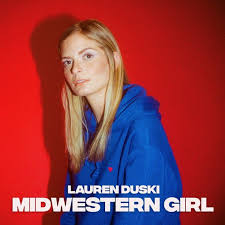
Tell Me Why was released in 2018, “Tell Me Why” by The Voice finalist Lauren Duski gained attention for its poignant lyrics and stripped-down country-pop feel. Though it didn’t chart on Billboard, the song resonated with fans for its raw honesty and emotional depth. Its open-chord structure makes it a beautiful fit for acoustic interpretation and solo performance.
Jump To Top
19. LeAnn Rimes Songs
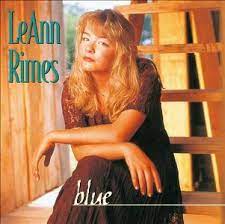
Blue is a country song recorded by LeAnn Rimes. It was released as the debut single and the title track of her first studio album, "Blue," in 1996 when she was just 13 years old.
"Blue" is a traditional country ballad that showcases Rimes' powerful vocals and mature sound beyond her years. The song tells the story of a young girl who is heartbroken and feeling blue after her love has left her. The lyrics express the feelings of loneliness, longing, and sadness associated with a lost love.
Jump To Top
20. Lee Ann Womack Songs
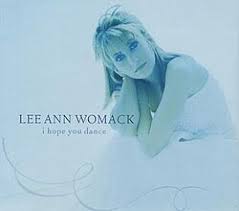
I Hope You Dance was released in 2000 on the album I Hope You Dance, this inspirational ballad became Lee Ann Womack’s signature song, topping the Billboard Hot Country Songs chart and crossing over to #14 on the Hot 100.
Winning both CMA and Grammy Awards, it remains a modern classic often played at graduations and weddings — and sounds timeless on acoustic guitar.
Jump To Top
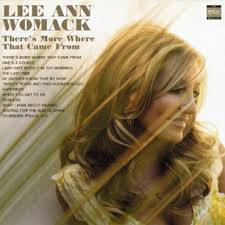
Take Me Back To Texas was included on Lee Ann Womack’s 2006 album There’s More Where That Came From.
The song evokes traditional country roots with its waltz tempo and steel guitar influence.
Though not a major single, it’s a fan favorite for its nostalgic tone and pure acoustic style that recalls the storytelling warmth of early country music.
Jump To Top
21. Loretta Lynn Songs
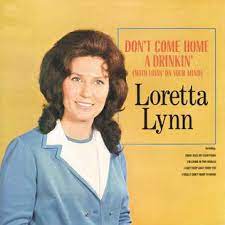
Don't Come Home a Drinkin (With Lovin' on Your Mind)" is a classic country song recorded by Loretta Lynn. She wrote it with her sister Peggy Sue Wells. It was the main song on her album with the same name from 1966.
The song is about a woman who's tired of her husband drinking and cheating. She tells him not to come home expecting love if he's been unfaithful.
This song became Loretta's first big hit, reaching number one on the country music charts. It showed off her strong voice and brave songwriting. People liked how honest and direct it was.
For this one play root down up root up down up and repeat rhythm pattern in standard tuning. A little picking here with the chords D, G, A, A7 and an E.
Jump To Top
22. Lorrie Morgan Songs
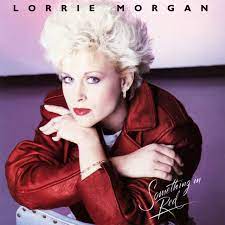
Except For Monday is a country song recorded by Lorrie Morgan, an American country music singer. It was released as the second single from her third studio album, "Something in Red," in 1991.
Written by Reed
Nielsen and Wendy Waldman, "Except for Monday" is an upbeat and catchy
country-pop song. It tells the story of a woman who finds solace and joy
in her relationship, even though life may throw challenges and
disappointments her way.
"Except for Monday" became one of Lorrie Morgan's biggest hits and remains one of her signature songs. It achieved significant success on the country charts, reaching the number one spot on the Billboard Hot Country Songs chart.
Jump To Top
23. Lynn Anderson Songs
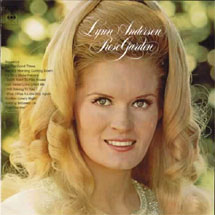
Rose Garden is a famous song written by Joe South in 1967. At first, a few different singers recorded it, but it didn't become a big hit right away. In 1970, country singer Lynn Anderson decided to record the song. At first, her producer didn't think it was right for her, but Anderson convinced him to let her try.
It turned out to be a great decision! The song became a huge success, not just in country music but also on pop charts. It was popular all over the world and hit number one in many countries. Anderson's version of "Rose Garden" was so good that she won a Grammy Award for it in 1971.
This song helped make Lynn Anderson famous and is still remembered as one of the biggest country-pop crossover hits of its time.
Play a steady down up down up with some walking bass notes in this one. No lead however in standard tuning and a capo 2nd fret. For chords you'll need a C, Dm, G, F, A#, A7 and an Fm.
Jump To Top
24. Mandy Barnett Songs
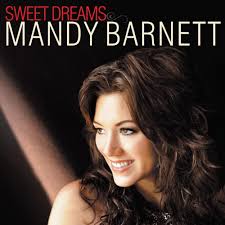
Help Me Make It Through The Night appears on her 2011 album Sweet Dreams, a tribute to classic country ballads.
Originally written by Kris Kristofferson and made famous by Sammi Smith in 1970, Barnett’s rendition preserves the song’s slow, torch-style emotion.
Her soaring vocals and rich acoustic arrangement make it ideal for learners exploring old-school country phrasing and rhythm.
Jump To Top
25. Marie Osmond Songs
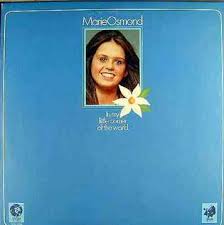
In My Little Corner Of The World was released in 1974 on the album In My Little Corner of the World, Marie Osmond’s cover of this Anita Bryant song highlights her sweet tone and traditional Nashville sound.
The track reached #40 on the Billboard Country chart, further cementing Osmond’s image as one of country-pop’s leading young voices. Its steady 3/4 rhythm translates beautifully to acoustic guitar in an easy waltz style.
Jump To Top
26. Martina McBride Songs
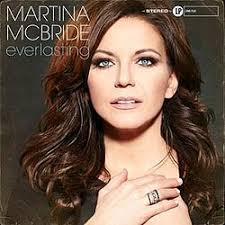
Pick Me Up On Your Way Down was recorded for her 2014 album Everlasting, covering the Charlie Walker 1958 hit.
Her soulful country-blues delivery and stripped acoustic production breathe new life into this honky-tonk classic.
The song showcases smooth chord transitions and laid-back rhythm—perfect for acoustic players practicing dynamic control and tone.
Jump To Top
27. Miranda Lambert Songs
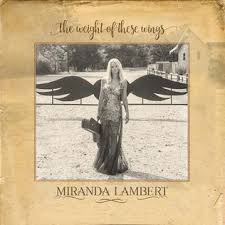
Pushin Time was released in 2016 on The Weight of These Wings, “Pushin’ Time” is a heartfelt duet with Anderson East, blending vulnerability with rich acoustic texture.
The song reflects on love’s fragility and emotional growth, carried by Lambert’s warm, earthy tone.
With its gentle fingerpicking and slow tempo, it’s a great study in modern country ballad style for acoustic guitar.
Jump To Top
28. Olivia Newton John Songs
If You Love Me Let Me Know was released in 1974, was the title track from Olivia Newton-John’s fourth studio album. Written by John Rostill, it hit #2 on Billboard’s Hot Country Songs and #5 on the Hot 100, earning Newton-John a Grammy nomination. Its bright rhythm and simple chord structure make it an energetic and accessible tune for acoustic players.
Video lesson and chord sheet contained in the zip file below.
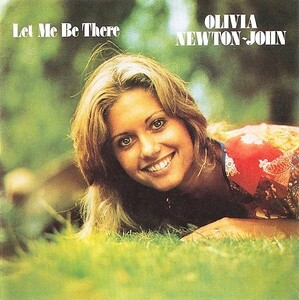
Let Me Be There was a single by Olivia Newton John in 1973 from the album of the same name. The track was a top 10 hit in both Canada and the US.
This one I play with drop D tuning in the key of D with additional chords, G, A, and E and with a few riffs throughout. A root down up root up down up rhythm pattern will work and a steady shuffle during the chorus. The chords will change and you'll also need the E, A, Gb and B7 but no lead here.
Jump To Top
29. Patsy Cline Songs
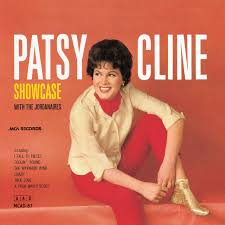
Crazy was written by Willie Nelson and released in 1961, “Crazy” became one of Patsy Cline’s defining songs. It reached #2 on Billboard’s Country chart and crossed into pop success, showcasing Cline’s unmatched vocal control and emotional phrasing.
Slowing it down for acoustic guitar highlights the song’s timeless chord progression and country-jazz feel—essential for classic ballad learners.
FREE LESSON
Jump To Top
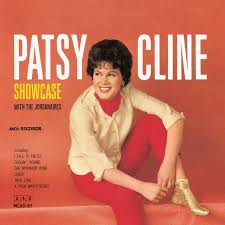
I Fall To Pieces topped the Billboard Country chart and remains a cornerstone of the Nashville sound. Written by Harlan Howard and Hank Cochran, it established Cline’s trademark mix of vulnerability and strength. On acoustic guitar, the steady rhythm and simple chords provide a perfect foundation for beginners learning classic country timing.
Jump To Top
30. Patti Page Songs
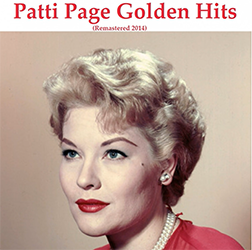
It's A Sin To Tell A Lie first hit the scene in 1936. Over the years it's been recorded nearly 100 times, including by Patti Page in the 1950s.
This track can be found on a few compilation greatest hits album from Patti Page.
A capoed 3rd fret works here in standard tuning with a bit of lead work. For chords you'll need D, Faug, Em, Dm7(9), Em, A7. Gb7, G, E7, Dm(add9), Gm and a B7. Play a root down up down up and repeat rhythm pattern for this one.
Jump To Top Of Older Female Country Music Singers
31. Pistol Annie's Songs

Hush Hush was released in 2013 as the lead single from Annie Up, the second album by Pistol Annies—the trio of Miranda Lambert, Ashley Monroe, and Angaleena Presley.
The song reached #42 on Billboard Country Airplay, combining sharp humor and southern storytelling.
With its lively acoustic strumming and sassy lyrics, it’s a fun pick for country rhythm practice.
Jump To Top Women Of Country Music
32. Reina Del Cid Songs
Jambalaya is an acoustic performance of the Hank Williams classic “Jambalaya” brings a fresh folk-country flavor to the 1952 hit. Known for her YouTube “Sunday Mornings” series, Reina’s cover maintains the Cajun bounce while using simple open chords in G major. It’s a great sing-along tune for acoustic players seeking upbeat, traditional country grooves.
No album cover.
Jump To Top
33. Rosanne Cash Songs
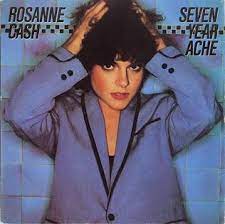
Blue Moon With Heartache is a single in 1984 and is included on her album "Rhythm & Romance" from the same year.
"Blue Moon with Heartache" is a country-pop ballad that showcases Cash's emotive vocals and storytelling abilities. The song explores the theme of heartbreak and the lingering emotions that come with lost love. The lyrics paint a picture of a broken-hearted individual who finds solace in the melancholic beauty of a blue moon, even though it serves as a reminder of their pain.
"Blue Moon with Heartache" was a moderate success on the country music charts, reaching the top 20 on the Billboard Hot Country Singles chart.
Jump To Top
34. Shelby Lynn Songs

Wall In Your Heart is featured on Shelby Lynne’s 2001 album Love, Shelby, “Wall in Your Heart” blends pop and country-soul influences.
The single reached #22 on the Adult Contemporary chart, highlighting Lynne’s expressive vocals and clean acoustic tone.
With steady strumming and emotional phrasing, it’s an accessible piece for players developing feel and tempo sensitivity.
Jump To Top
35. Skeeter Davis Songs
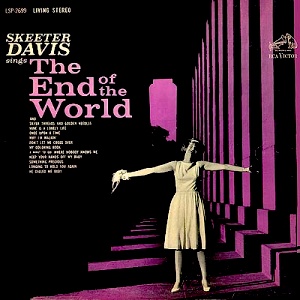
The End Of The World was released by Skeeter Davis as a single back in 1963 and the song was a top 5 on several different charts at the same time.
Chet Atkins produced the song and famous pianist Floyd Crammer played piano on the track.
For this one you'll need some arpeggio in the beginning with a 1-2-3 up down up and then just play rhythm. No lead work here with a capo 3rd fret in standard tuning. The chords are G, D, Em, Bm, Am, E7, Cm, C, D7, G#, D#, F, F#, A#m and C#.
Jump To Top
36. Sonia Leigh Songs
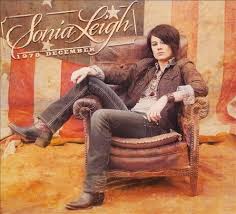
My Name Is Money was released in 2011 on her album 1978 December. A gritty, blues-influenced country track, it gained exposure through her work with Zac Brown’s Southern Ground label.
The song’s strong rhythm guitar and clever metaphorical lyrics make it ideal for acoustic players exploring modern outlaw-style country grooves.
Jump To Top
37. Susan Jacks Songs
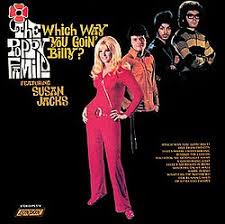
That's Where I Went Wrong was released in 1970 by The Poppy Family featuring Susan Jacks, “That’s Where I Went Wrong” reached #9 on Canadian charts and broke into the U.S. Hot 100.
A mellow pop-country ballad with clean acoustic backing, it showcases Susan’s clear, emotive voice. It’s a nostalgic, easy-to-play tune for those who enjoy gentle strumming patterns and soft dynamics.
Jump To Top
38. Suzy Bogguss Songs
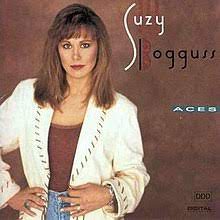
Aces is a country song recorded by Suzy Bogguss. It was released as the title track and lead single from her third studio album, "Aces," in 1991.
Written by Cheryl Wheeler, "Aces" tells the story of a woman who has overcome heartbreak and adversity in her life.
Upon its release, "Aces" became one of Suzy Bogguss' signature songs and a significant hit on the country music charts. It reached the top 10 on the Billboard Hot Country Singles & Tracks chart, further solidifying Bogguss' success in the country music industry.
Jump To Top
39. Sylvia Songs
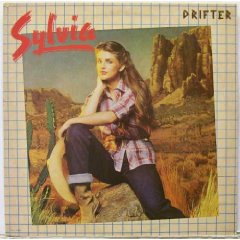
Drifter was the first single from the album of the same name released by Sylvia back in 1981. Four other sounds were released from this album and they all became top 10 hits.
This one in standard tuning with a capo 4th to keep the original key. You can play a root down up root up down up rhythm pattern or a root down up down up root up down up pattern. A few riffs to be picked out with the chords Em, C, Am, B7, G and A Bm.
Jump To Top
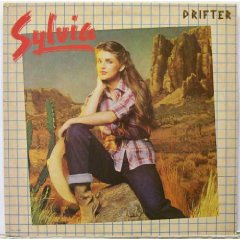
Tumbleweed was one of six singles released from her 1981 album Drifter. Four of the six songs made it into the top 10 including this track at #10 on the US country chart.
I play a shuffle rhythm in the chorus with a root down up down up root up down up but a simple root up down up in the verses and in standard tuning with a capo 2nd fret. No lead here with the chords G, Em, Am, D, Ddim, Bm, Cm and an A7
Jump To Top
40. Tammy Wynette Songs
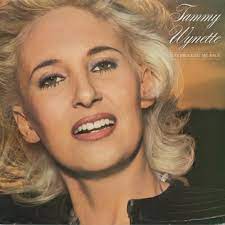
Crying In The Rain was a Tammy Wynette song on her 1981 album "You Brought Me Back." This sad country song is about someone feeling heartbroken over a lost love, especially on rainy days.
While not as famous as her biggest hits, it shows off Tammy's great singing and ability to tell emotional stories through music. This song is different from the one with the same name by the Everly Brothers.
Even though it wasn't a huge hit, "Crying In The Rain" is still an important part of Tammy Wynette's music collection.
With a capo on the 2nd fret you can play a 1-2 up down up rhythm pattern in standard tuning with the chords D, G, A, Gb, Bm, Em, A7 and an E7. No picking in this one.
Jump To Top
41. Tanya Tucker Songs
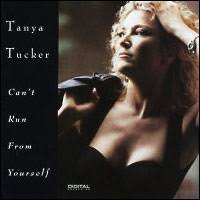
Two Sparrows In A Hurricane was a number 2 hit for Tanya Tucker on the country charts back in 1992.
A music video was produced to promote the single.
For rhythm here play a 1-2-3 up down up down up and repeat. No lead here and for chords you'll need a G, C, D, Am, A7, Db, D, E, A, B7 and Bm in standard tuning.
Jump To Top
42. Terri Gibbs Songs
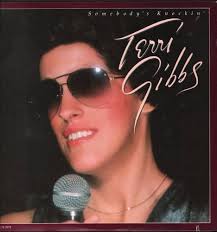
Somebody's Knockin' debuted with “Somebody’s Knockin’” in 1980, earning the ACM Top New Female Vocalist Award.
The song peaked at #8 on Billboard’s Hot Country Songs and crossed over to pop success. Mixing bluesy swagger with southern gospel undertones, it’s an excellent acoustic number for players working on rhythm accuracy and expressive phrasing.
Jump To Top
43. Treva Bloomquist Songs
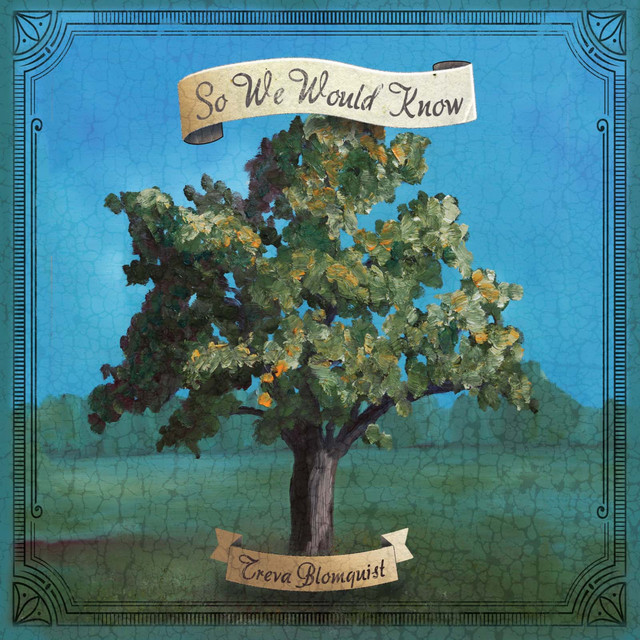
Ain't No Grave was a track on her album "And We Should Know" from 2001 and it's worth noting that the title "Ain't No Grave" is also associated with a traditional gospel song. The gospel song "Ain't No Grave (Gonna Hold My Body Down)" has been recorded by various artists over the years and has roots in African American spiritual music.
The gospel song is characterized by its uplifting and triumphant message, expressing the belief in the resurrection and the notion that death has no power over the faithful. The lyrics often emphasize the idea that even in the face of death, one's spirit remains unshakable and will transcend the grave.
Jump To Top
44. Vicki Lawrence Songs
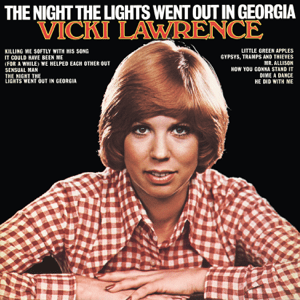
The Night That The Lights Went Out In Georgia is a track from the 1973 album of the same name from Vicki Lawrence. She had #1 in both Canada and the US with this number and it was later covered by country artist Reba McEntire in 1991.
For rhythm here play a down down up down up down up with capo 3rd fret in standard tuning. For chords you'll use the Am, G, D, E7, Gbm, B7, Dbm and an Em. No lead work here.
Jump To Top Of Older Female Country Music Singers
These older female country artists paved the way for generations of musicians and continue to influence today’s country sound. Their songs are not only fun to play but also teach valuable rhythm, phrasing, and emotion on acoustic guitar.
Whether you’re learning for enjoyment or building a repertoire of classic tunes, this collection of female acoustic country guitar songs is the perfect place to keep your country roots alive and strumming.
If you enjoyed this older female country music singers page, you might also like ... (click images)
Homepage
Very Easy Country Guitar Songs
